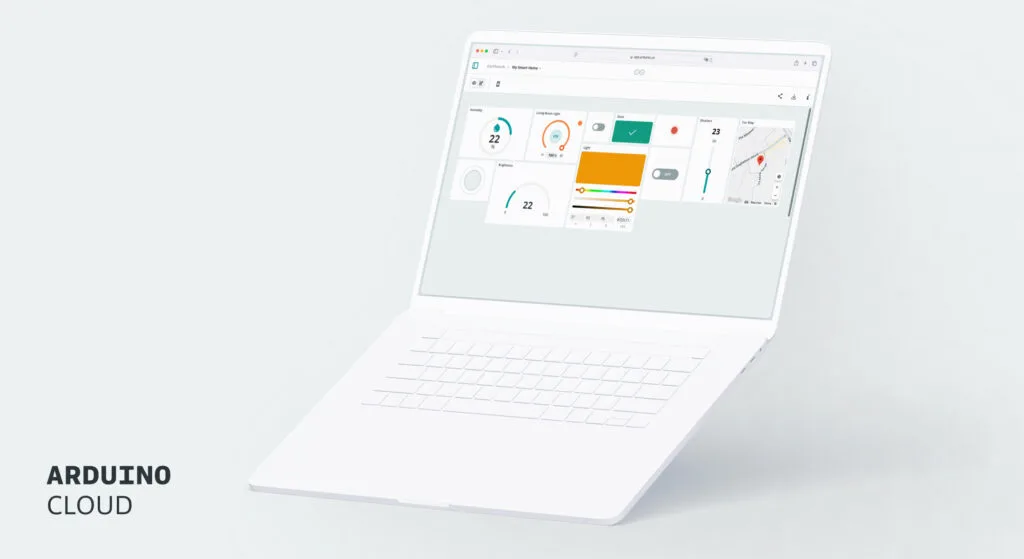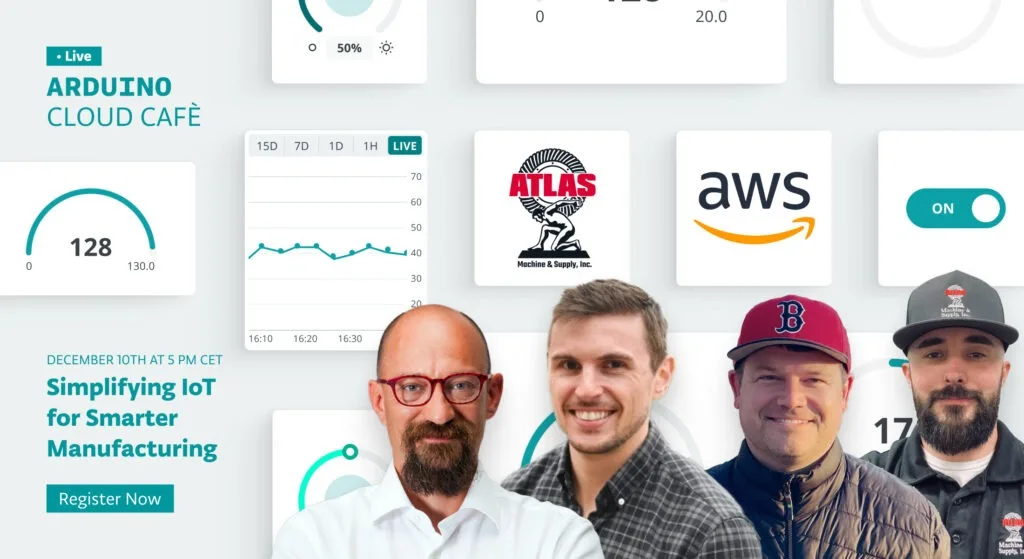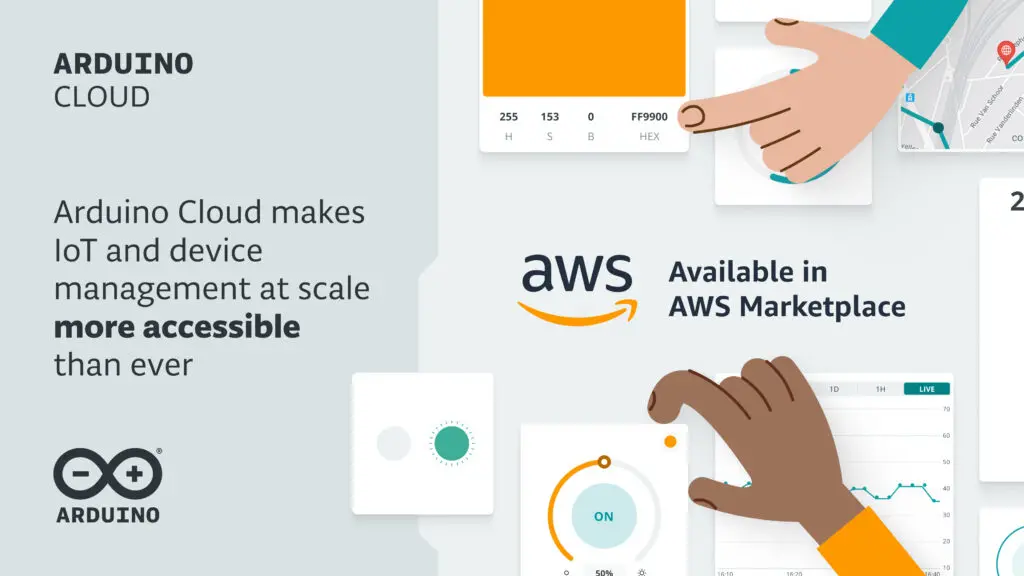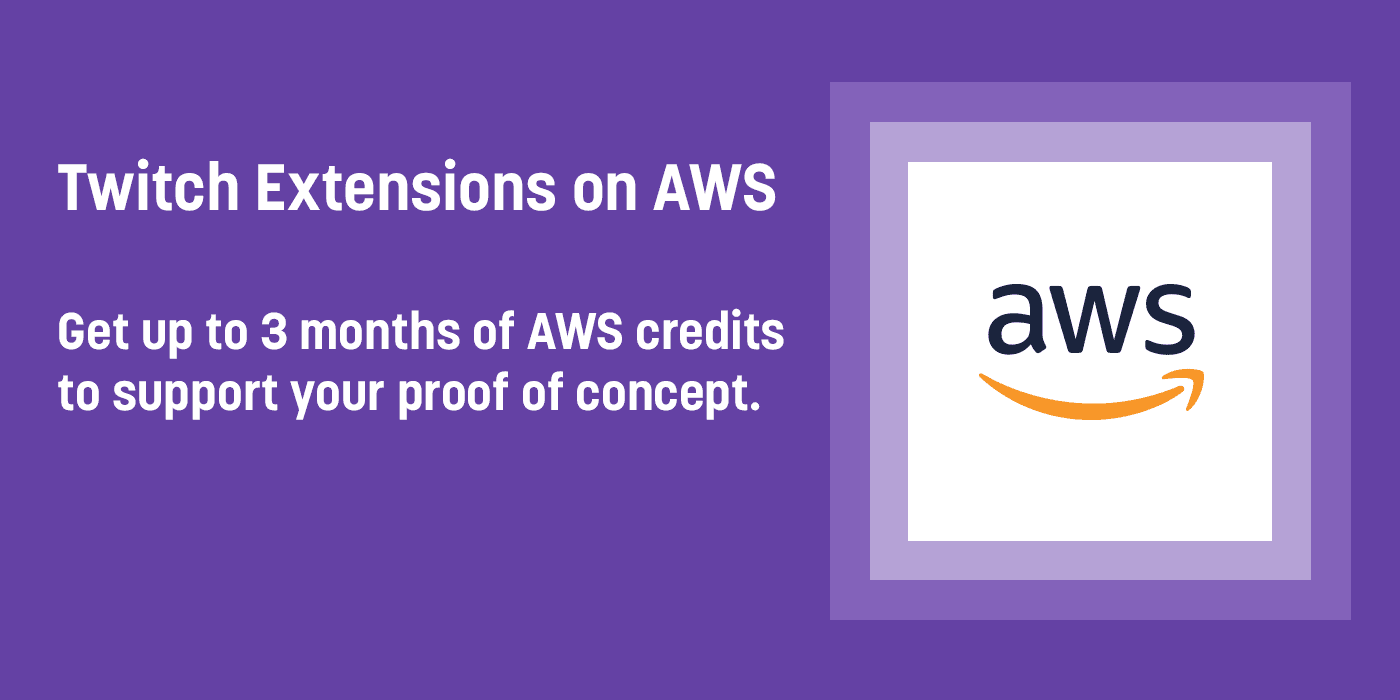Schlagwort: aws
-

Export data from Arduino Cloud to AWS S3
Reading Time: 3 minutesManaging your IoT data just got a whole lot easier — Arduino Cloud, now lets you send your time series data straight to AWS S3. With this seamless connection, organizing and analyzing your data is a breeze. In case you don’t know, Arduino Cloud is a robust, integrated platform that simplifies the…
-

Simplifying IoT for smarter manufacturing: Join the chat with Arduino, AWS, and Atlas Machine
Reading Time: 2 minutesWe all know that the future of manufacturing lies in IoT — yet the path to adoption can sometimes feel daunting. But what if you could simplify the process and start seeing results quickly? That’s exactly what we’re going to explore in our upcoming Arduino Cloud Café webinar on December 10 at…
-

Arduino Cloud is now available in AWS Marketplace!
Reading Time: 2 minutesWe’re excited to announce that Arduino Cloud is now available in AWS Marketplace, making it easier than ever for developers and businesses worldwide to integrate our powerful IoT platform into their AWS infrastructure. This development is particularly relevant for those in industrial manufacturing, energy management, supply chain, and logistics sectors who are…
-

Arduino and AWS team up to bridge hardware and cloud for business
Reading Time: 3 minutesToday, Arduino officially announced its partnership with Amazon Web Services (AWS), offering a new path for the future of edge hardware and cloud services. The new partnership will provide Arduino products and Arduino Cloud customers more options to integrate AWS into IoT projects. One big cloud for all It might be news…
-

Building a Live Stream Feed for Twitch Extensions
Reading Time: 6 minutesNotify your Discord and website when streamers go live with your Extension! This is a guest post by Matt Condon (Thanks, Matt! 👋), one half of the two-person team at dot that builds the Stickers Extension. The Stickers Extension turns any stream into a canvas for viewers where viewers receive rare digital…
-

Introducing an AWS Credits Program for Extension Development
Reading Time: 3 minutesTwitch is dedicated to cultivating creativity and innovation within its developer community. To this end we have collaborated with Amazon Web Services to launch the Twitch Extensions AWS Credits Program. The aim of this program is to provide selected developers the opportunity to create proof-of-concepts for new and interesting Twitch Extensions. Those…





